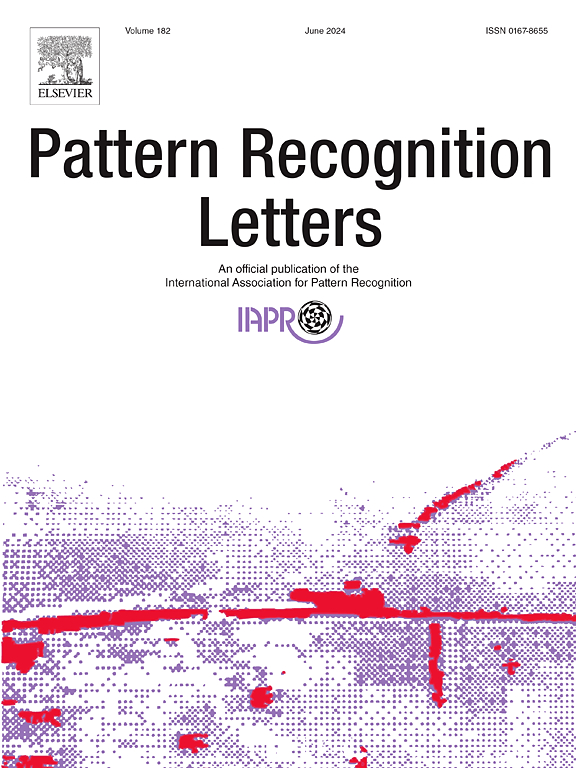FlowCraft: Unveiling adversarial robustness of LiDAR scene flow estimation
IF 3.9
3区 计算机科学
Q2 COMPUTER SCIENCE, ARTIFICIAL INTELLIGENCE
引用次数: 0
Abstract
With the arrival of deep learning and advanced sensor technologies, the autonomous vehicle domain has gained increased research interest. In particular, deep learning networks developed based on 3D LiDAR sensing data for perception and planning in autonomous vehicles demonstrate remarkable performance. However, recent research reveals vulnerabilities in LiDAR-based perception tasks, such as 3D object detection and segmentation, to intentionally crafted adversarial perturbations. Yet, the adversarial robustness of LiDAR-based regression tasks like scene flow estimation, remains largely unexplored. Therefore, this study introduces a novel point perturbation attack named FlowCraft, based on two loss functions, along with a critical analysis of selecting the adversarial objective against scene flow estimation. In particular, evaluations are conducted on trainable, runtime optimization, supervised, and self-supervised scene flow estimation methods using the Argoverse 2 and Waymo datasets in both black-box and white-box settings. Experimental results on the Argoverse 2 benchmark dataset and the DeFlow network show that FlowCraft achieves a relative endpoint error increment of 2.9, while demonstrating a higher endpoint error increase of 5.5 per unit change in Chamfer Distance compared to PGD and CosPGD attacks. Furthermore, our results demonstrate that the performance of point perturbation attacks against runtime optimization methods involves a trade-off between their success rate and overall imperceptibility.

求助全文
约1分钟内获得全文
求助全文
来源期刊

Pattern Recognition Letters
工程技术-计算机:人工智能
CiteScore
12.40
自引率
5.90%
发文量
287
审稿时长
9.1 months
期刊介绍:
Pattern Recognition Letters aims at rapid publication of concise articles of a broad interest in pattern recognition.
Subject areas include all the current fields of interest represented by the Technical Committees of the International Association of Pattern Recognition, and other developing themes involving learning and recognition.
 求助内容:
求助内容: 应助结果提醒方式:
应助结果提醒方式:


